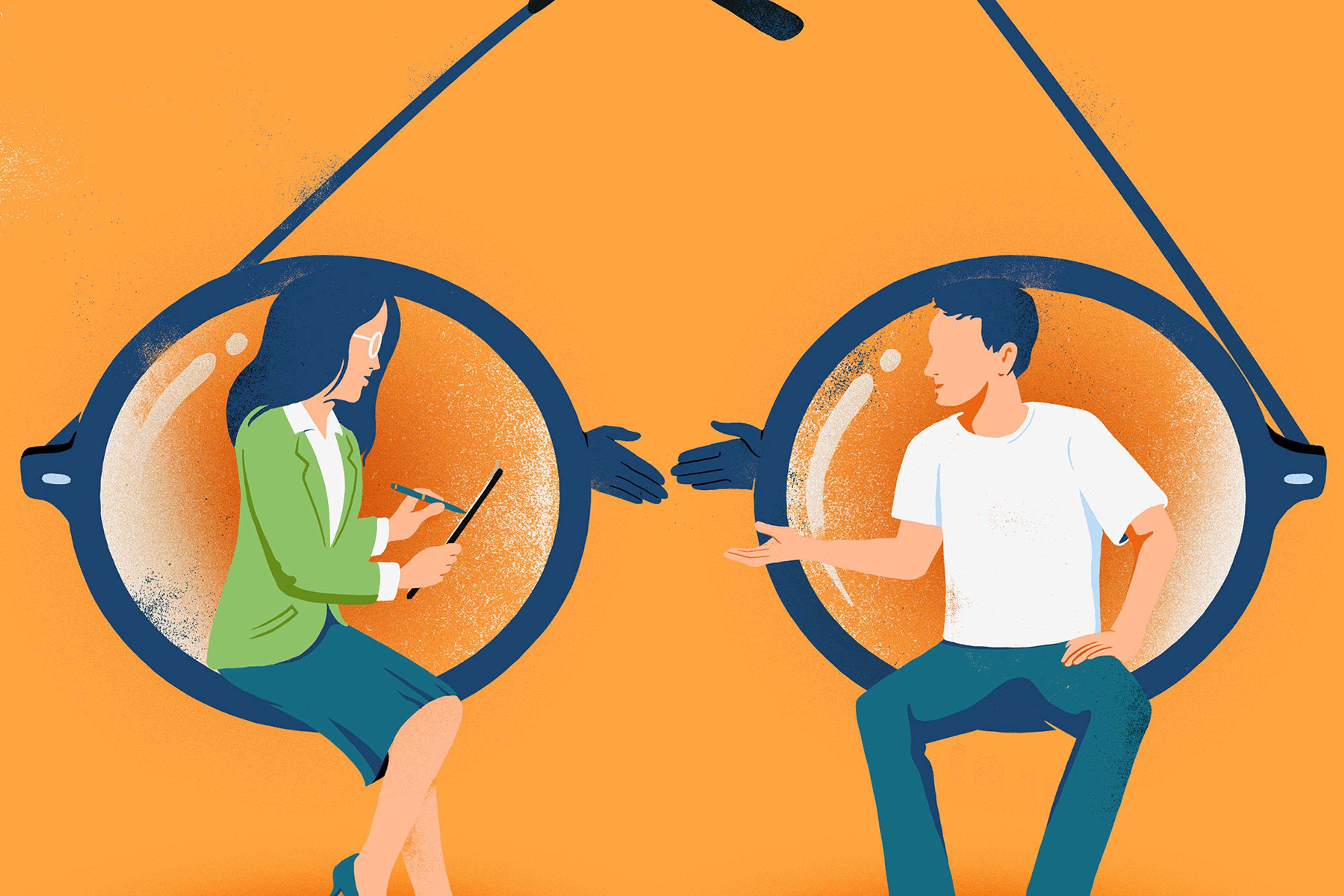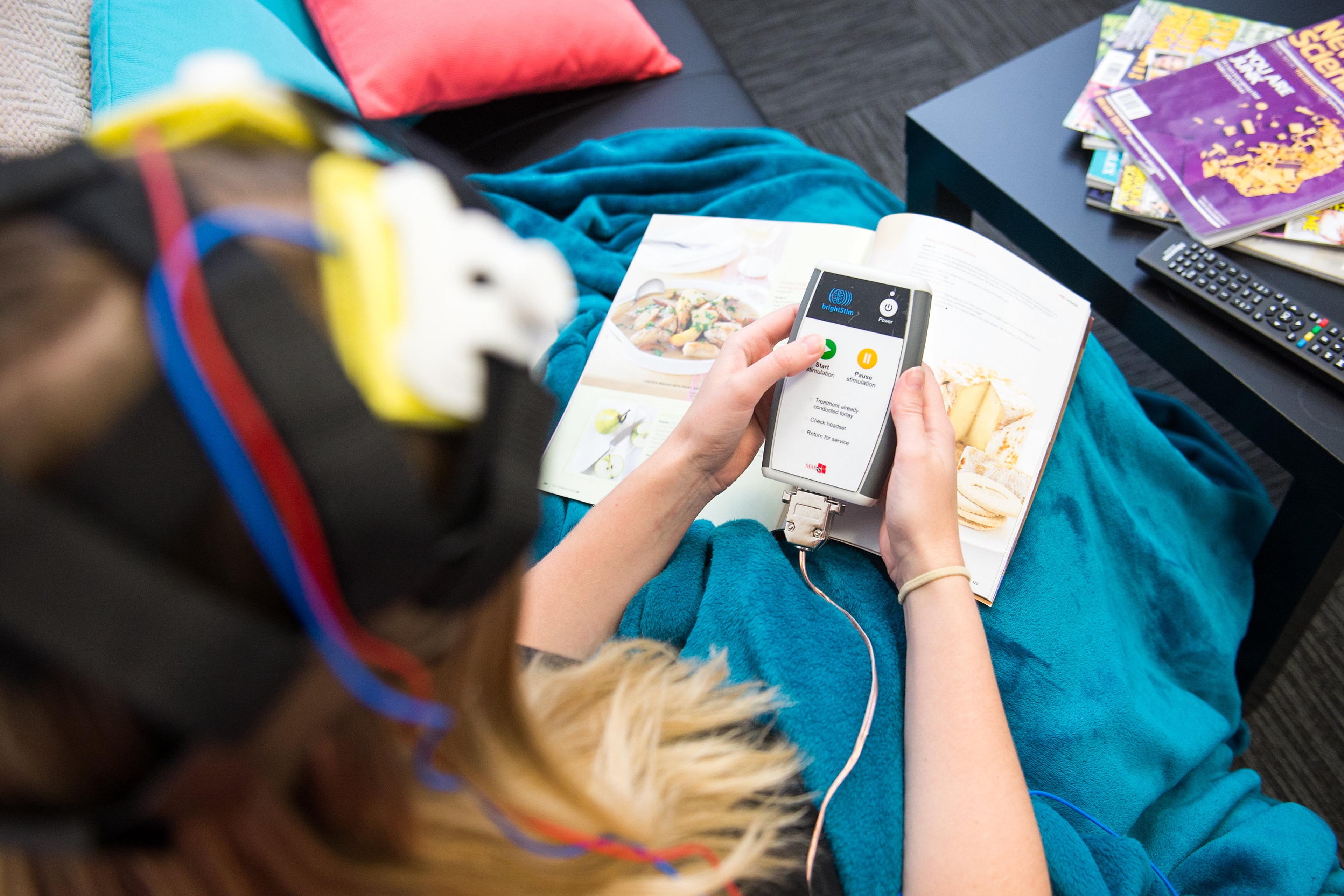More and more people around the world are undergoing psychotherapy to help address their psychological and emotional difficulties. Research on its effectiveness is generally positive, but unfortunately there are many people whom it fails to help. A major obstacle to improving and refining psychotherapy so that more people benefit is that how exactly therapy works remains unknown.
Part of the conundrum is that psychotherapy is not a rigidly defined process, encompassing a single characteristic or set of characteristics. Varied approaches to psychotherapy have evolved from different philosophical positions, and each holds different theories about how their approach to therapy works and brings about change. In the most part, these theories for how change occurs are not currently supported by empirical evidence. There’s plenty of research showing that some kind of positive change occurs during various forms of psychotherapy – you could call this the ‘what’ question – but not on precisely how that change occurs – and it’s that crucial ‘how’ question that my colleagues and I have been working on.
So, what does happen during psychotherapy? Research on therapy outcomes suggests that most psychotherapeutic approaches have a similar impact, which has led to the proposal that there are ‘common factors’ at play across different therapy modalities.
Proponents of different forms of psychotherapy would likely agree that each approach helps people to better understand their thoughts, emotions and responses. Past experiences can affect present behaviour, and people can get caught up in unhelpful or inflexible patterns of responding to experiences, both internal and external. All therapies hold the shared purpose of bringing about change in these processes.
All approaches also consider the relationship between the therapist and the person receiving therapy (the therapeutic relationship) to be an important factor – another part of the ‘what’ of therapy – that drives changes. Better outcomes are associated with: a strong bond; having a shared understanding of the problem; and working on a clear goal. Within therapy, one person experiences care and empathy from another. The person receiving therapy comes with positive expectations (or such expectations are shaped in therapy), so that during the therapy they become hopeful. Although what a person may ‘do’ in a session may vary, the activity of therapy provides them with the means with which to cope with their distress.
Most therapeutic approaches also aim to find ways to encourage people to face the internal experiences or situations that they have been avoiding because they find them uncomfortable or upsetting. This may occur at each point of a person’s engagement with therapy, including: at the point of making the appointment; when sitting with the therapist; talking to them about feelings; exploring the past and/or current difficulties in detail; and in making changes in day-to-day life. Through this process, the person is assisted and encouraged to learn to tolerate discomfort (or it may reduce over time), and the individual comes to think about their experiences differently. The individual learns something new, adapts their responses, implements changes, re-evaluates and so on… Reducing avoidance brings about change.
Taken altogether, this line of research suggests that change occurs in a sequence: support, leading to learning, and then to action. There are other common factors, such as trust, cognitive change and mastery, to name a few. However, this still leaves us in the realm of the theoretical. To get a better handle on how these psychotherapeutic processes lead to beneficial change, then as scientists we need to be able to measure them.
When we can measure a therapeutic event (let’s say a reduction in how much a client is avoidant of difficult feelings and experiences) at a particular point in time, we should be able to explain the relationship between what is being done (the intervention – the ‘what’ of therapy) and the observed change brought about by therapy (that is, the outcome of therapy, such as reduced symptoms). To demonstrate a causal, temporal relationship between the two (ie, to identify the ‘how’), logic dictates that the therapy event (ie, reduced avoidance, in this example) must change before there are changes in the therapy outcome (ie, the client’s symptoms). The challenge scientifically is that therapy is a complicated pattern of external interactions both between therapist and client, and internally (within) for the client, unfolding over time. Before now, research on these dynamic processes has been hampered by studies that are too small or of poor quality, and which have tended to be conducted by researchers who have a loyalty to a particular brand of therapy, thereby often introducing some bias.
To overcome these limitations, my colleagues and I studied more than 100,000 people involved in different forms of psychotherapy for various problems within an NHS primary care service. We asked our participants to complete questionnaires measuring their main symptoms of depression and anxiety at each therapy session. Before telling you what we found, I should explain that we came at this from a ‘systems’ approach.
This approach is premised on the idea that our internal systems are constantly trying to maintain a balance, a state of equilibrium, satisfying the needs of all aspects of ourselves (such as needs prompted by hunger, temperature or stress). You can imagine how an external stressor (such as a bereavement) could have a profound effect on how you feel, think and behave. In addition, the underlying symptoms of your response to discomfort (for example, low motivation, worry and sleep deprivation) could each affect each other. At some points in this constantly active process, if you were to cross a certain internal or emotional ‘threshold’, your internal system could shift into a different, self-sustaining state where the symptoms you’re experiencing actually drive each other. You could then get stuck in this state (which some might call a mental health ‘disorder’) and you might need assistance to get out of that state – for example, via therapy.
Following this approach, hopefully you can see that a psychotherapeutic intervention could alter a specific symptom, and the change in that one symptom could trigger changes in the others that produce a global beneficial change, potentially lifting you back into a healthy state of equilibrium. Alleviation or alterations to some symptoms may have more power to trigger change or may be more susceptible to intervention. By tracking symptom changes over time in our research participants, we hoped to shed light on this part of the process of change – to begin to answer the question of ‘how’ exactly therapy works.
Viewing mental health problems from a systems perspective, my colleagues and I were able to model the process of change for the average person undergoing psychotherapy. For participants with a broad range of diagnoses and problems, undergoing different types of therapy, we found that reductions in worry, along with reductions in trouble relaxing, appeared to have the strongest beneficial influence on the other symptoms that they were experiencing. We interpreted this as suggesting that, during psychotherapy, strategies targeting worry and trouble relaxing bring about beneficial changes directly, but also by producing changes in other symptoms, such as depressed mood and apprehensive expectations, thus helping to shift the person back into a healthy state. It’s early days and we need to test our hypotheses, but one tentative practical implication of our findings is that therapy might be improved by deliberately targeting more dominant symptoms, which would then trigger beneficial changes in other symptoms, thus increasing the chance of a positive outcome from therapy.
In a separate study, we wanted to begin to address whether the ‘how’ of therapy differs for different therapeutic modalities. As a starting point, we examined whether cognitive behavioural therapy (CBT) and counselling target different symptoms. In 3,500 NHS patients with depression, we examined symptoms at the start and end of therapy. We found some meaningful differences depending on the kind of therapy patients undertook. CBT directly affected excessive worry, trouble relaxing and apprehensive expectation. In contrast, counselling had a stronger direct influence on ‘thoughts of being a failure’. Findings like this suggest that different therapies may have different mechanisms of change at the symptom level – in other words, exactly what happens during therapy (which can vary between different therapeutic approaches) can influence how a therapy client’s symptoms will change.
My team is hopeful that such findings (and in the future we plan to compare more kinds of psychotherapy) could ultimately help more people benefit from psychotherapy. By better understanding how different forms of psychotherapy work, this could lead to people with different mental health problems being offered therapy that is tailored to their particular needs and difficulties. More targeted interventions of this kind also hold the possibility of bringing about change more quickly, requiring a shorter period of psychotherapy, which in turn could make services more widely available for more people. However, this comes with an important caveat – the studies we’ve conducted so far haven’t looked into the application of our insights and whether they would improve outcomes; we’ll need to plan randomised control trials to do that.
There’s another reason for caution, but also optimism. The large analyses we’ve completed so far are based on averaging the processes that occurred across large numbers of people – they can’t tell us with confidence how therapy will bring about change within a specific individual. Looking ahead, using intensive measurements, it is possible to statistically model these complex states within individuals, to establish how they specifically changed over time during therapy. Although these methods are still developing, and are being used only experimentally in clinical practice, they could provide further rich evidence to answer the question of how psychotherapy brings about change. This would bring us to an exciting point where, for any individual, clinicians could begin to understand the processes of change relevant to them specifically. In turn, this could allow for treatment plans uniquely tailored to the individual, reducing unnecessary components of psychotherapy, and engaging people more actively in making decisions about their intervention plans and bringing about more beneficial change more often.








